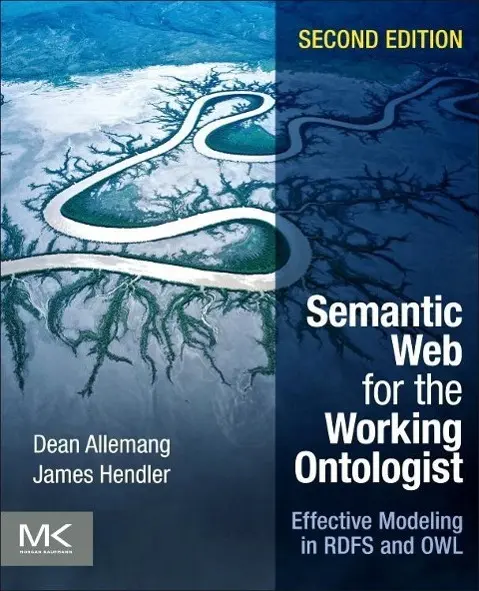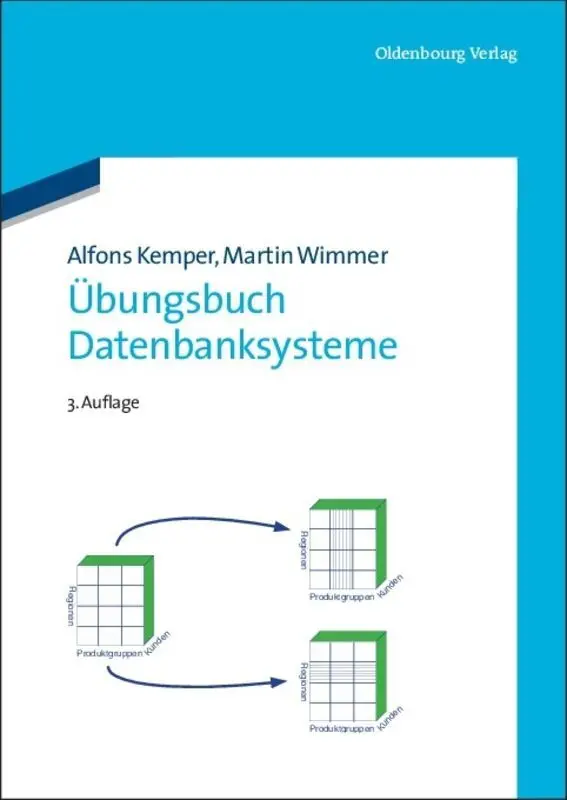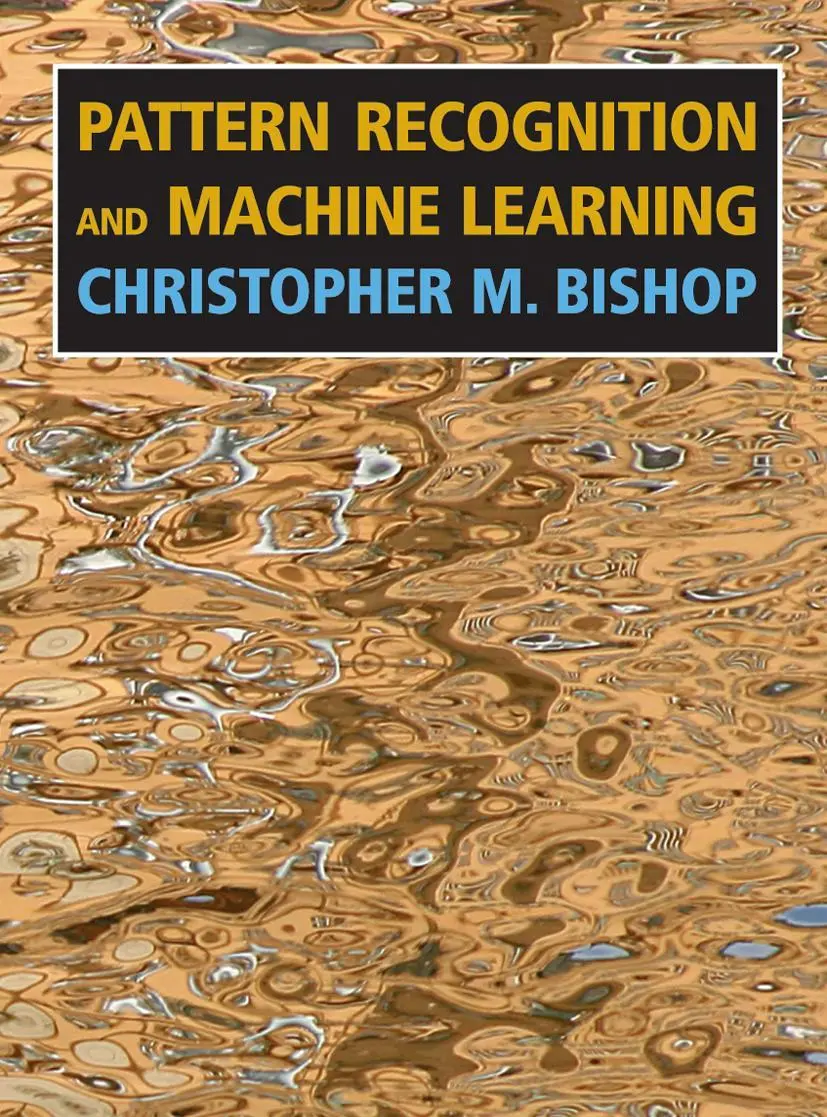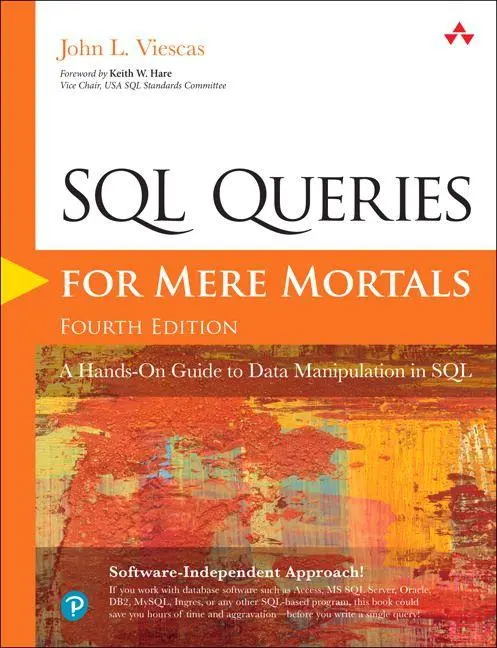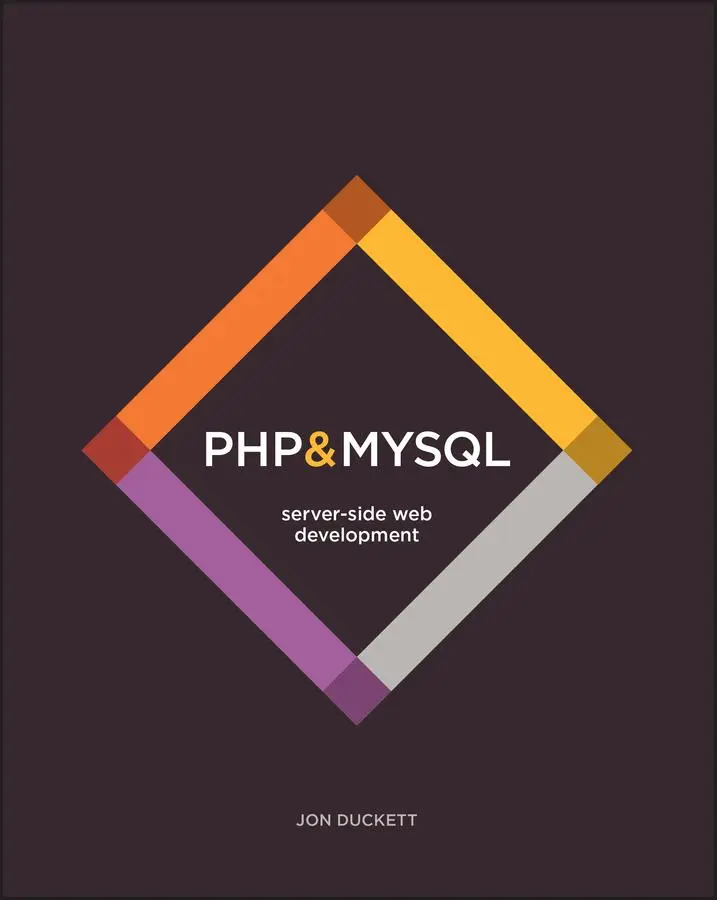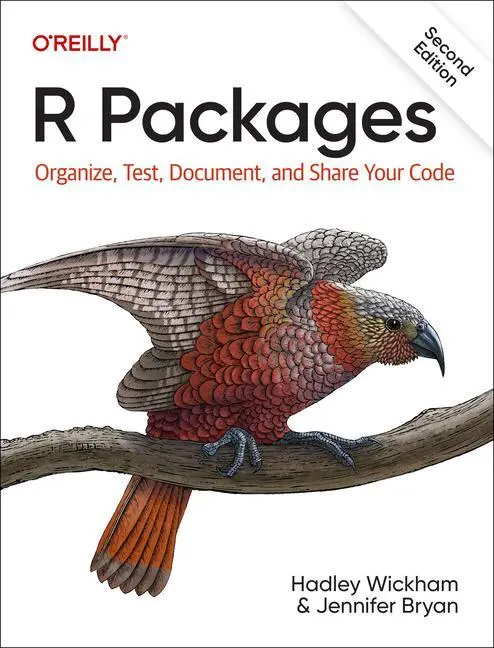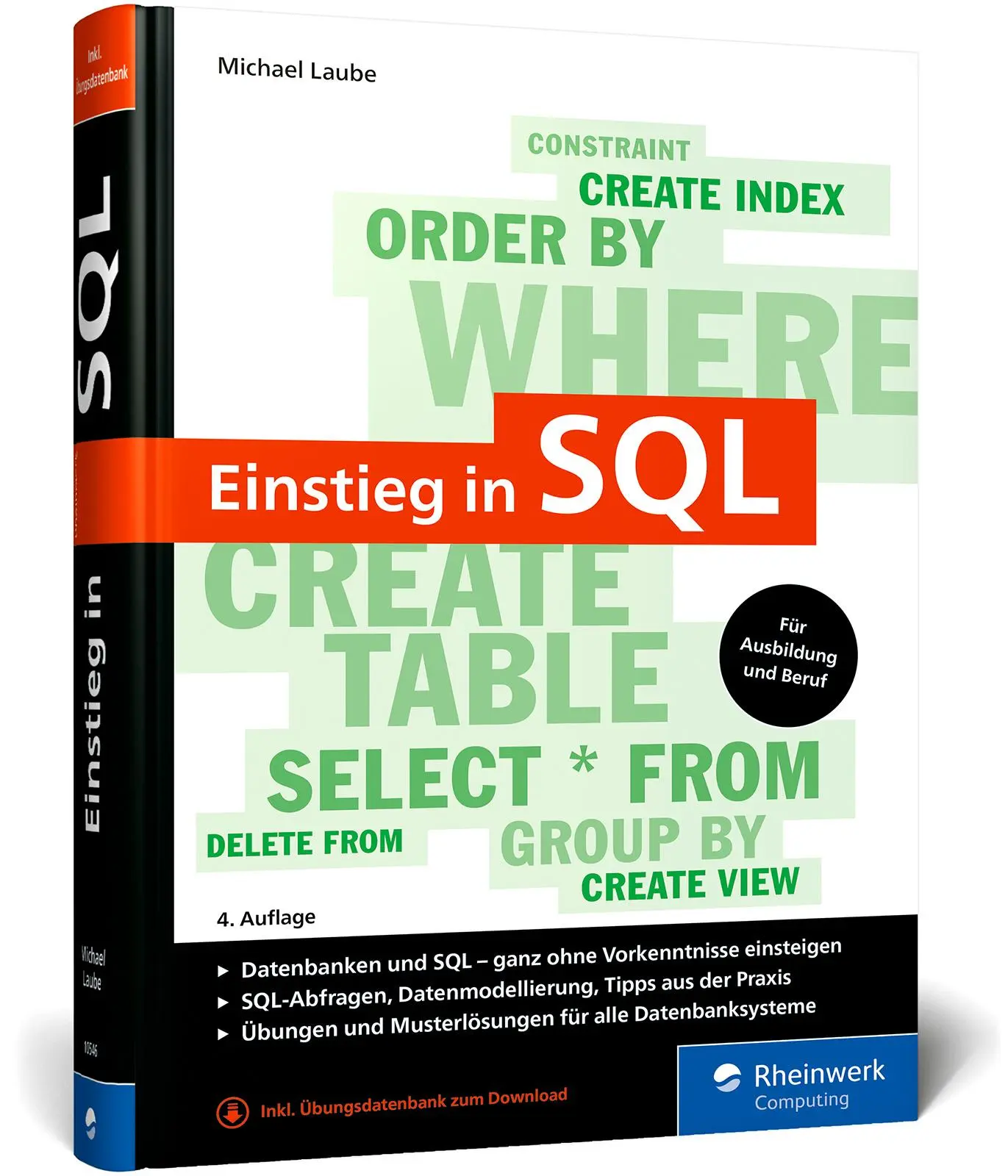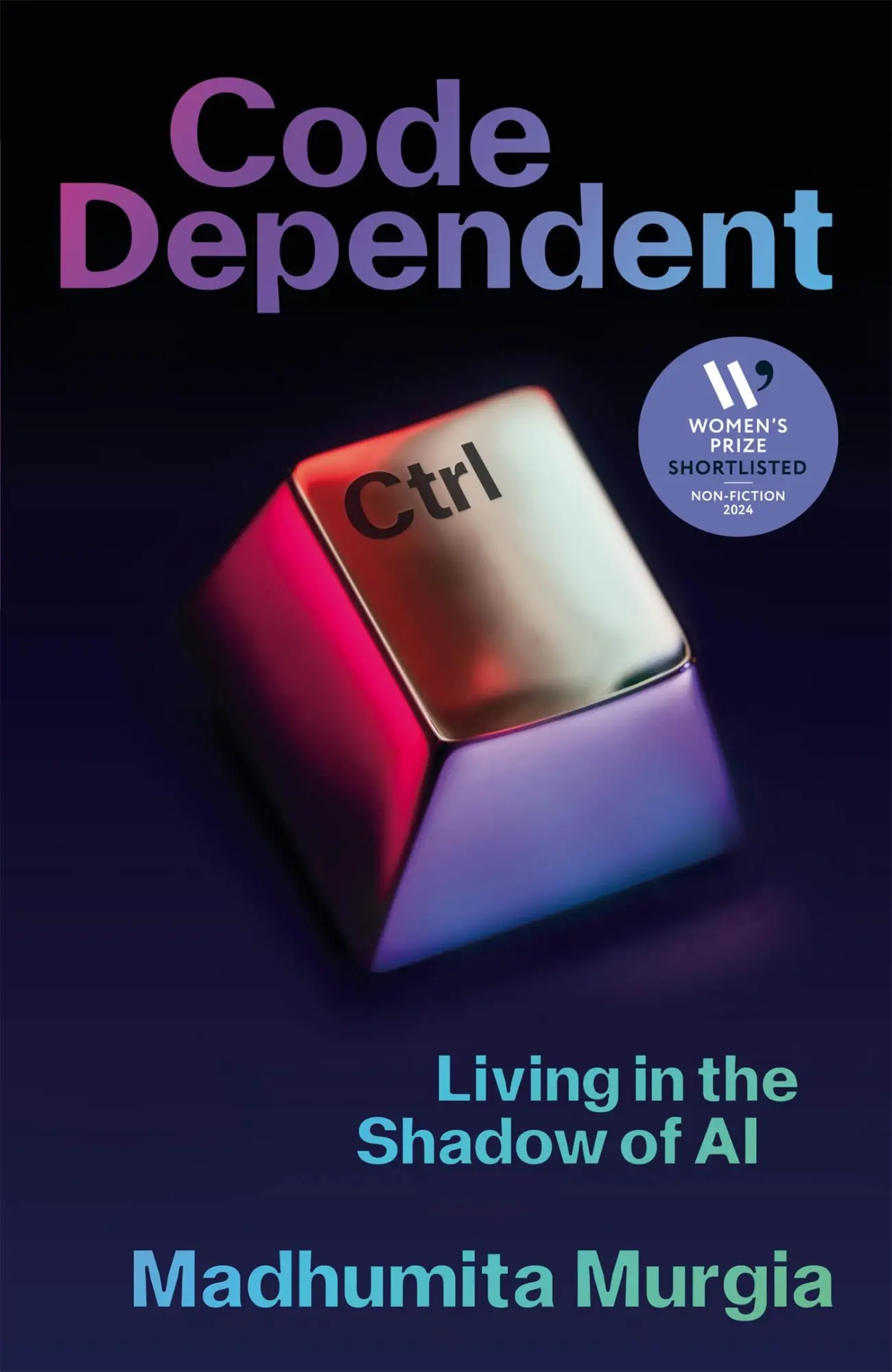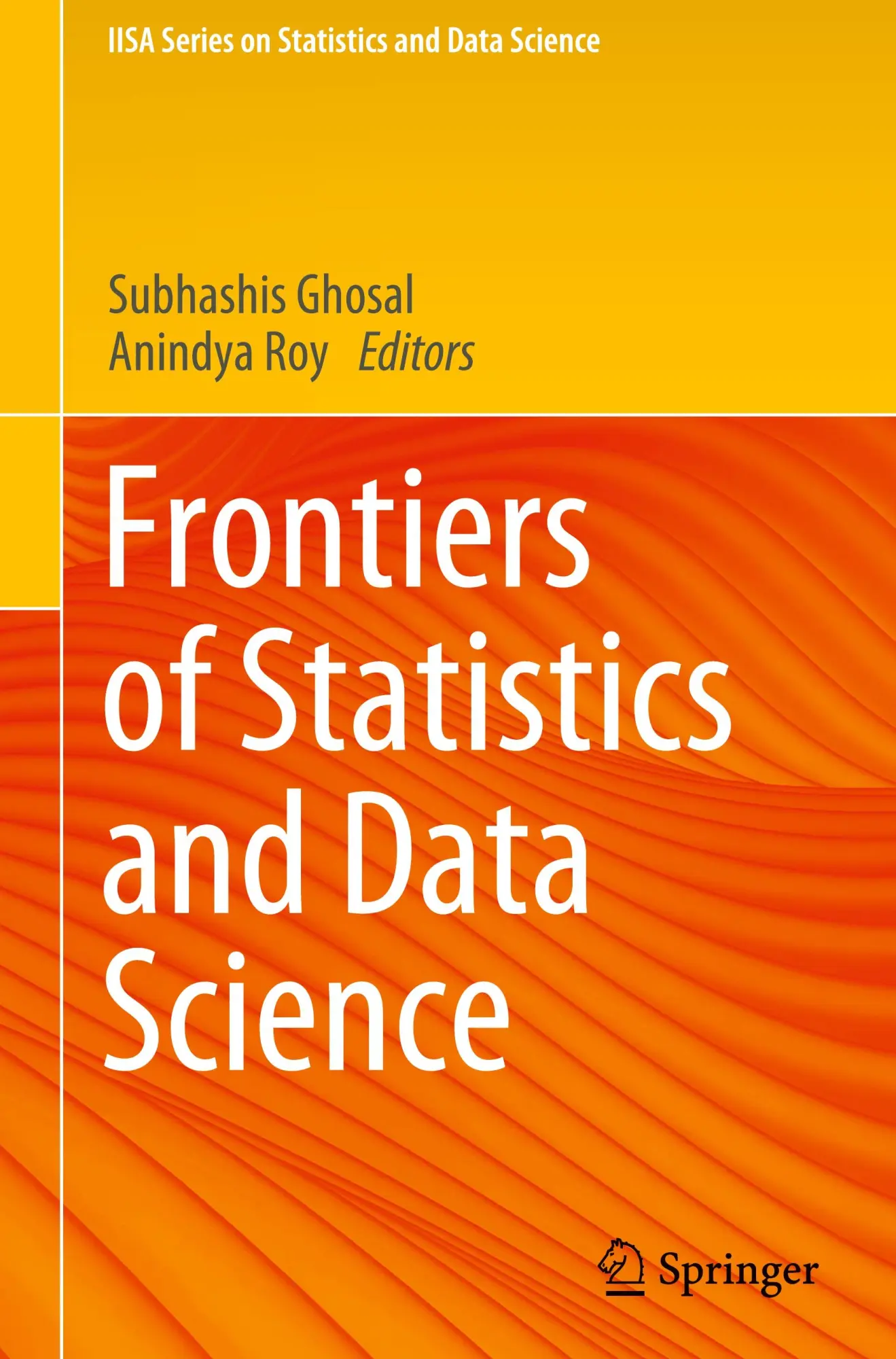Dekorationsartikel gehören nicht zum Leistungsumfang.
Sprache:
Englisch
49,70 €
Versandkostenfrei per Post / DHL
Lieferzeit 4-7 Werktage
Kategorien:
Beschreibung
Semantic Web for the Working Ontologist: Effective Modeling in RDFS and OWL, Second Edition, discusses the capabilities of Semantic Web modeling languages, such as RDFS (Resource Description Framework Schema) and OWL (Web Ontology Language). Organized into 16 chapters, the book provides examples to illustrate the use of Semantic Web technologies in solving common modeling problems. It uses the life and works of William Shakespeare to demonstrate some of the most basic capabilities of the Semantic Web. The book first provides an overview of the Semantic Web and aspects of the Web. It then discusses semantic modeling and how it can support the development from chaotic information gathering to one characterized by information sharing, cooperation, and collaboration. It also explains the use of RDF to implement the Semantic Web by allowing information to be distributed over the Web, along with the use of SPARQL to access RDF data. Moreover, the reader is introduced to components that make up a Semantic Web deployment and how they fit together, the concept of inferencing in the Semantic Web, and how RDFS differs from other schema languages. Finally, the book considers the use of SKOS (Simple Knowledge Organization System) to manage vocabularies by taking advantage of the inferencing structure of RDFS-Plus. This book is intended for the working ontologist who is trying to create a domain model on the Semantic Web.
Semantic Web for the Working Ontologist: Effective Modeling in RDFS and OWL, Second Edition, discusses the capabilities of Semantic Web modeling languages, such as RDFS (Resource Description Framework Schema) and OWL (Web Ontology Language). Organized into 16 chapters, the book provides examples to illustrate the use of Semantic Web technologies in solving common modeling problems. It uses the life and works of William Shakespeare to demonstrate some of the most basic capabilities of the Semantic Web. The book first provides an overview of the Semantic Web and aspects of the Web. It then discusses semantic modeling and how it can support the development from chaotic information gathering to one characterized by information sharing, cooperation, and collaboration. It also explains the use of RDF to implement the Semantic Web by allowing information to be distributed over the Web, along with the use of SPARQL to access RDF data. Moreover, the reader is introduced to components that make up a Semantic Web deployment and how they fit together, the concept of inferencing in the Semantic Web, and how RDFS differs from other schema languages. Finally, the book considers the use of SKOS (Simple Knowledge Organization System) to manage vocabularies by taking advantage of the inferencing structure of RDFS-Plus. This book is intended for the working ontologist who is trying to create a domain model on the Semantic Web.
Über den Autor
Dean Allemang is the chief scientist at TopQuadrant, Inc.-the first company in the United States devoted to consulting, training, and products for the Semantic Web. He co-developed (with Professor Hendler) TopQuadrant's successful Semantic Web training series, which he has been delivering on a regular basis since 2003. He has served as an invited expert on numerous international review boards, including a review of the Digital Enterprise Research Institute-the world's largest Semantic Web research institute - and the Innovative Medicines Initiative, a collaboration between 10 pharmaceutical companies and the European Commission to set the roadmap for the pharmaceutical industry for the near future.
Inhaltsverzeichnis
1. What Is The Semantic Web?2. Semantic Modeling3. RDF - The Basis of the Semantic Web4. SPARQL - The Query Language for RDF5. Semantic Web Application Architecture6. RDF And Inferencing7. RDF Schema Language8. RDFS-Plus9. SKOS - the Simple Knowledge Organization System10. Ontologies in the Wild: Linked Open Data and the Open Graph Project11. Basic OWL12. Counting and Sets In OWL 13. MORE Ontologies in the Wild: QUDT, GoodRelations, and OBO Foundry14. Good and Bad Modeling Practices 15. OWL 2.0 Levels and Logic16. Conclusions17. Frequently Asked Questions
Details
| Erscheinungsjahr: | 2011 |
|---|---|
| Fachbereich: | Allgemeine Lexika |
| Genre: | Importe, Medizin |
| Rubrik: | Wissenschaften |
| Medium: | Taschenbuch |
| Inhalt: | Einband - flex.(Paperback) |
| ISBN-13: | 9780123859655 |
| ISBN-10: | 0123859654 |
| Sprache: | Englisch |
| Einband: | Kartoniert / Broschiert |
| Autor: |
Allemang, Dean
Hendler, James |
| Auflage: | 2. Auflage |
| Hersteller: | Elsevier Science & Technology |
| Verantwortliche Person für die EU: | Libri GmbH, Europaallee 1, D-36244 Bad Hersfeld, gpsr@libri.de |
| Maße: | 232 x 187 x 24 mm |
| Von/Mit: | Dean Allemang (u. a.) |
| Erscheinungsdatum: | 05.07.2011 |
| Gewicht: | 0,736 kg |

